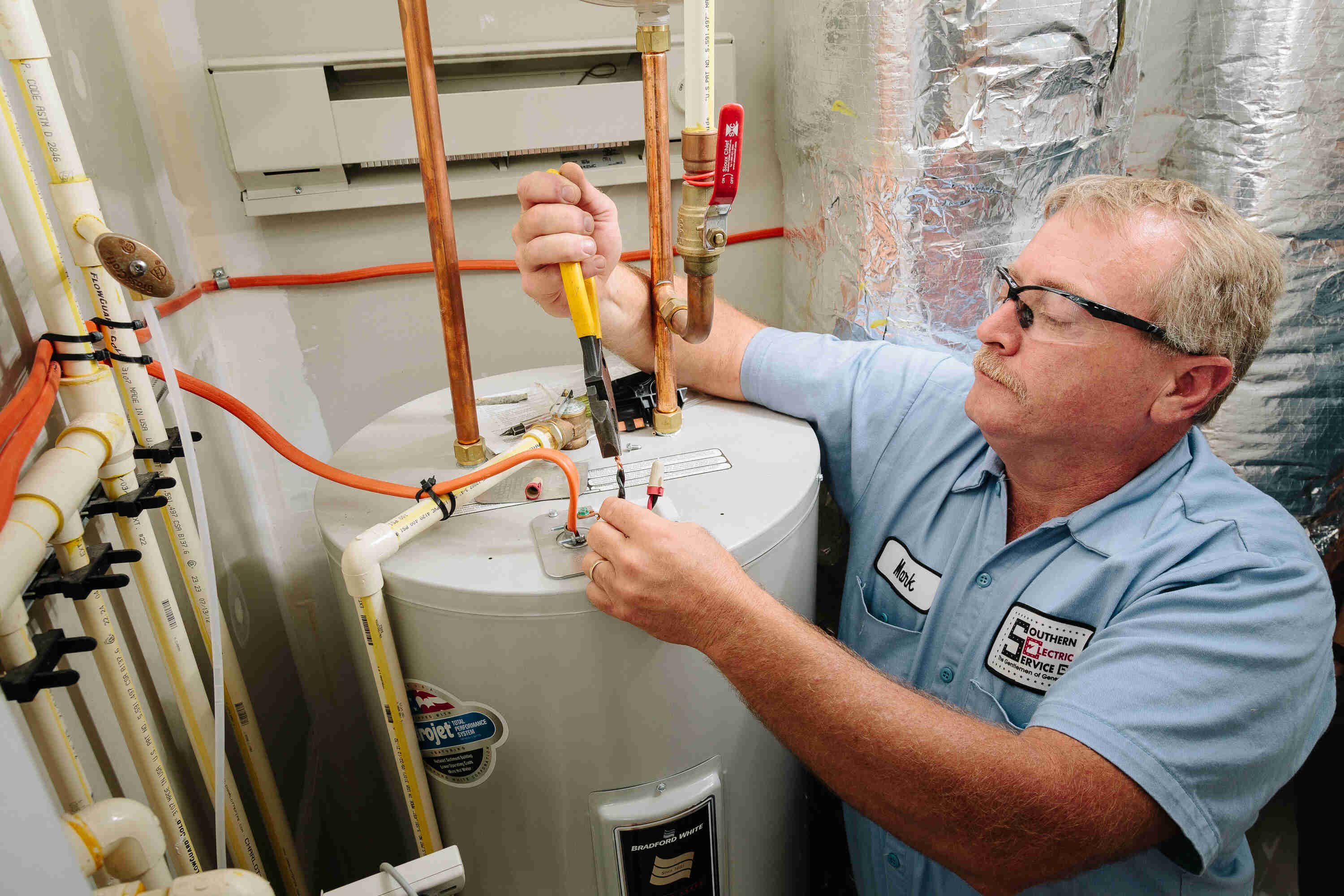Steps on How to Care for Your Home's Hot Water System Effectively
Steps on How to Care for Your Home's Hot Water System Effectively
Blog Article
This post down below on the subject of Water Heater Maintenance Tips You Can't Afford to Forget is relatively attention-grabbing. Don't skip it.

Warm water is important for everyday convenience, whether it's for a revitalizing shower or washing meals. To guarantee your warm water system runs successfully and lasts longer, regular maintenance is crucial. This write-up gives practical suggestions and insights on exactly how to keep your home's warm water system to prevent interruptions and expensive repair services.
Introduction
Maintaining your home's hot water system could appear overwhelming, but with a couple of straightforward actions, you can guarantee it runs smoothly for years to come. This guide covers every little thing from comprehending your hot water system to do it yourself upkeep ideas and understanding when to contact professional help.
Relevance of Keeping Your Warm Water System
Normal upkeep not only extends the life-span of your warm water system however likewise ensures it runs successfully. Overlooking maintenance can lead to lowered effectiveness, greater energy costs, and also premature failing of the system.
Indications Your Hot Water System Requirements Maintenance
Recognizing when your warm water system needs attention can protect against significant issues. Keep an eye out for indications such as inconsistent water temperature level, odd noises from the heater, or corroded water.
Flushing the Hot Water Heater
Flushing your water heater gets rid of debris accumulation, enhancing efficiency and prolonging its life.
Monitoring and Changing Anode Rods
Anode rods prevent deterioration inside the container. Checking and replacing them when worn out is critical.
Facility Problems Requiring Professional Aid
Examples consist of significant leaks, electric issues, or if your water heater is continually underperforming.
Regular Professional Upkeep Advantages
Professional upkeep can include comprehensive examinations, tune-ups, and making sure compliance with safety and security standards.
Evaluating and Changing Temperature Setups
Changing the temperature settings makes sure optimal efficiency and safety.
Do It Yourself Tips for Upkeep
You can carry out numerous maintenance jobs on your own to keep your warm water system in leading condition.
Looking for Leakages
Frequently evaluate pipes and links for leakages, as these can result in water damages and greater costs.
Comprehending Your Warm Water System
Before diving right into maintenance tasks, it's handy to comprehend the standard elements of your warm water system. Typically, this includes the hot water heater itself, pipelines, anode rods, and temperature controls.
Regular Monthly Upkeep Tasks
Regular monthly checks can assist capture small issues before they rise.
Examining Pressure Relief Valves
Checking the stress safety valve guarantees it operates correctly and avoids extreme stress build-up.
Shielding Pipes
Insulating hot water pipes reduces heat loss and can save energy.
When to Call a Professional
While do it yourself upkeep is helpful, some problems need professional knowledge.
Final thought
Regular maintenance of your home's hot water system is crucial for performance, long life, and price financial savings. By complying with these ideas and understanding when to seek professional aid, you can make certain a dependable supply of hot water without unforeseen interruptions.
How to Maintain an Instant Hot Water Heater
Before tinkering with your hot water heater, make sure that it’s not powered on. You also have to turn off the main circuit breaker and shut off the main gas line to prevent accidents. Also turn off the water valves connected to your unit to prevent water from flowing into and out of the appliance. 2. When you’re done, you have to detach the purge valves’ caps. These look like the letter “T†and are situated on either side of the water valves. Doing so will release any pressure that has accumulated inside the valves while at the same time avoid hot water from shooting out and burning your skin. 3. When the purge valves’ caps are removed, you have to connect your hosing lines to the valves. Your unit should have come with three hoses but if it didn’t, you can purchase these things from any hardware or home repair shops. You can also get them from retail stores that sell water heating systems. Read the user’s manual and follow it to complete this task properly. When the hosing lines are connected, open the purge port’s valves. 4. You should never use harsh chemical cleaners or solutions when cleaning your unit. Make use of white vinegar instead. It should be undiluted and you’ll probably use about 2 gallons. 5. Now flush your water heater. This task should probably take about 40 minutes. We can’t give you specific directions for this because the procedure is carried out depending on the type, model and brand of your heater. With that being said, refer to the user’s manual. 6. When you’re done draining the unit, you have to turn off the purge port valves again. Remove the hosing lines that you earlier installed on each of the water valves. Put the valve caps (purge port) back in their respective places and be very careful so as not to damage the rubber discs that are found inside these caps. 7. Now that everything’s back in place, check your user’s manual again to find out how to reactivate your water heating system. 8. Once it is working, turn one of your hot water faucets on just to let air pass through the heater’s water supply pipes. Leave the tap on until water flows smoothly out of it. https://www.orrplumbing.com/blog/2014/september/how-to-maintain-an-instant-hot-water-heater/

As a keen person who reads on What Kind of Maintenance Do Water Heaters Need?, I thought sharing that piece of content was a great idea. Don't hesitate to take a moment to share this page if you appreciated it. We treasure your readership.
Click Here Report this page